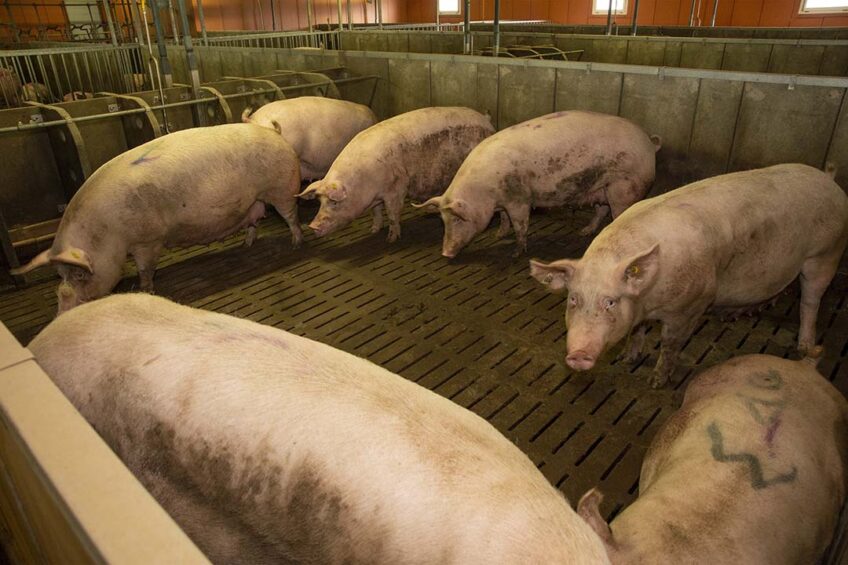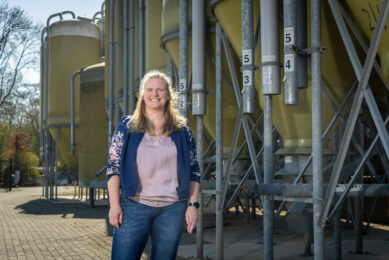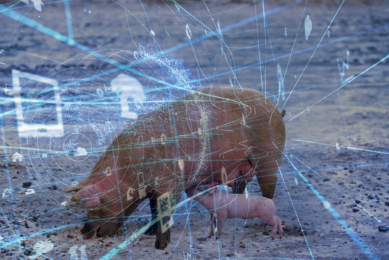Reducing sow deaths in North America – the latest numbers, and a path to success

A recent report from MetaFarms, a Minnesota-based software and analytics firm, shows that sow deaths on US pig farms rose by 1% in 2023 compared to 2022, reaching a historic industry high of 15.3%.
The MetaFarms team notes that almost a quarter (23%) of all last year’s deaths were caused by uterine and rectal prolapses. Another 24% is attributable to structure/body condition and 12% to general health issues, but the largest category of all was other/unknown, at 34%.
PRRS
PRRS (porcine reproductive and respiratory syndrome) likely plays a role in the deaths in those last 3 categories. The disease has not only caused high mortality in North America over the last few years, but PRRSv survivors have weakened immune systems and more easily succumb to secondary infections like pneumonia.
Canadian sow deaths
In Canada, the situation is different. In a recently published paper, a team from the Prairie Swine Centre, University of Saskatchewan, Canadian Centre for Swine Improvement and the Centre de dévelopement du porc du Québec present results from a survey of 104 Canadian pig farms and other analysis. The results indicate that average annual sow mortality in Canada is sitting much lower than in the US, almost two-thirds less at 5.7%.
Higher sow mortality in gestating sows housed in groups
There is higher average sow mortality in Canada in gestating sows housed in groups, and the scientists who did the survey speculate that this may be due to the increased number of aggressive interactions that result in injury in this type of housing. They note that as producers become more experienced with group gestation (and genetics adjust as well), fewer sow deaths in this housing will occur.
However, larger herd sizes also play a role. “The association between farm size and mortality rate is a common finding but the causes are unclear,” the scientists state. “One theory is that larger farms experience greater staff shortages, with limited time for identification and treatment of compromised sows.”
More training, better care
Brad Eckberg, business analyst at MetaFarms, focuses on this explanation in a recent article he wrote. He stresses that pig husbandry is a critical key to reducing sow deaths. Staff must be properly trained to identify troubled animals early. Gilt care is also important.
Eckberg recently interviewed a US farmer with very low sow death rates. Besides keeping PRRS, porcine epidemic diarrhea and Mycoplasma off the farm, the farmer also trains his employees to a high level. This ensures they pay careful attention to every pig, every day, and he also enforces proper gilt developer management.
Attention to the female genetic lines, data analysis and good teamwork between management, nutritionist and the veterinarian are also important in this operation’s success. By investing in these management practices and practicing extremely tight biosecurity, this farmer proves that any US pig farmer can minimise sow mortality.











